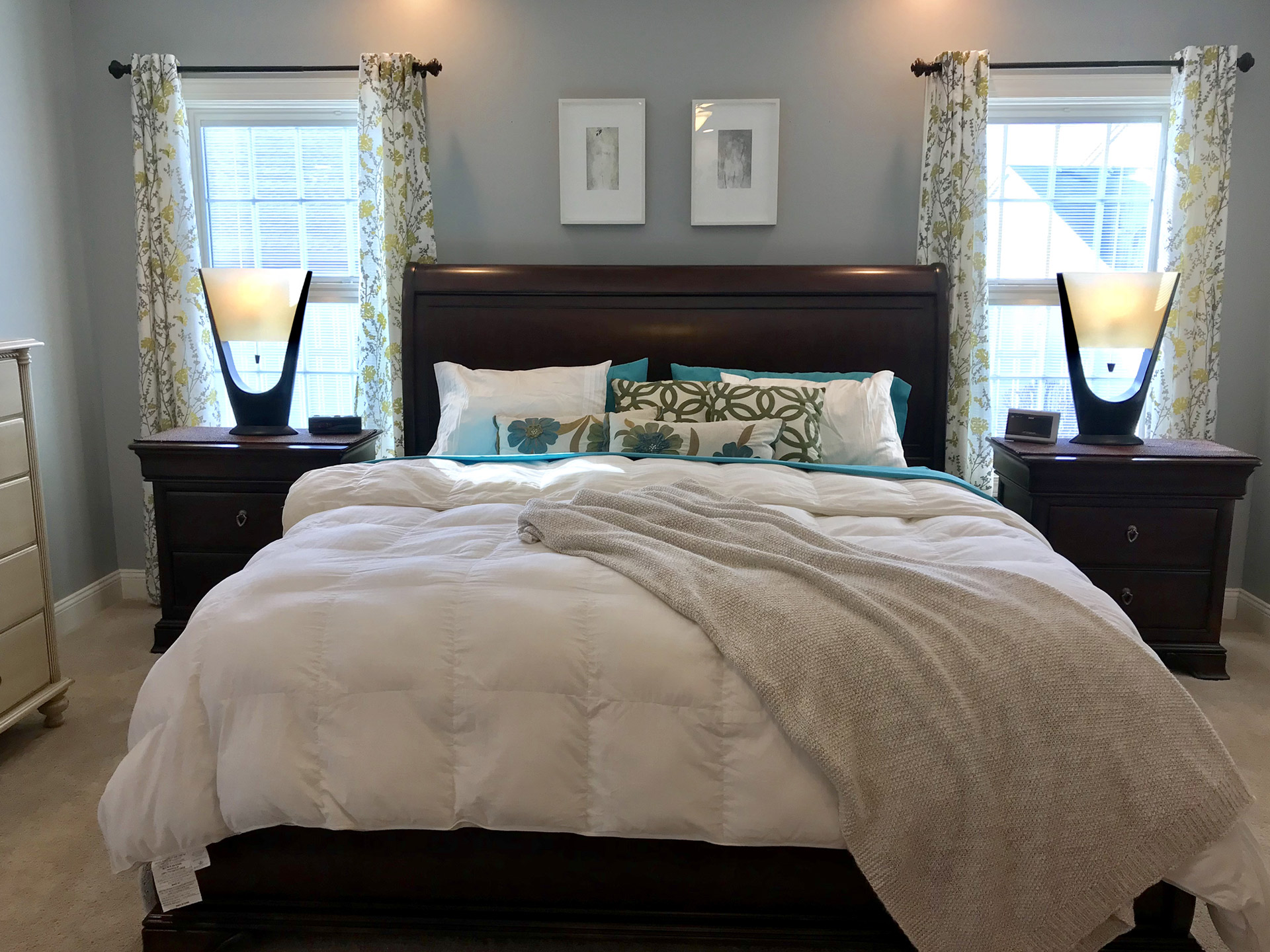Imagine stepping into a room where every detail is crafted to make you feel relaxed, inspired, and truly at ease. That’s the magic of design with comfort. It’s not just about aesthetics or functionality—it’s about creating an emotional connection with your space. Whether you’re designing a cozy living room or a serene bedroom, the focus is on making it a place where you can unwind, recharge, and enjoy life. And guess what? You don’t need a million-dollar budget to achieve this. It’s all about understanding the right principles and applying them creatively.
Let’s be real, folks. Life gets hectic. Between work, family, and everything else, having a space that feels like a sanctuary is more important than ever. That’s why design with comfort has become such a big deal in recent years. It’s about creating environments that don’t just look good but also feel good. Think of it as wrapping yourself in a warm blanket—except it’s your entire home.
Now, before we dive deep into the world of comfort-driven design, let’s set the stage. This article isn’t just about throwing some pillows and blankets around (though that’s definitely part of it). We’re going to explore the philosophy behind designing with comfort in mind, share practical tips, and even throw in some cool stats and expert insights. So, grab your favorite drink, get comfy, and let’s get started.
Why Comfort Should Be at the Heart of Your Design
Have you ever walked into someone’s house and thought, “Wow, this place feels amazing”? Chances are, comfort played a big role in that feeling. Design with comfort isn’t just about picking soft fabrics or adding extra cushions. It’s about understanding how people interact with spaces and tailoring those spaces to meet their needs.
Research shows that our surroundings have a direct impact on our mood, productivity, and overall well-being. For example, a study by the University of Exeter found that employees in well-designed, comfortable workplaces were 16% more productive. That’s a pretty convincing reason to prioritize comfort, don’t you think?
But here’s the thing: comfort doesn’t mean sacrificing style. In fact, when done right, comfort can enhance the visual appeal of a space. It’s about finding the perfect balance between form and function—and that’s exactly what we’ll explore in the next sections.
Key Principles of Design with Comfort
So, what makes a space truly comfortable? Let’s break it down into some key principles:
- Functionality: Every element in the room should serve a purpose. Whether it’s a cozy reading nook or a practical storage solution, everything should contribute to your daily life.
- Material Matters: The textures and materials you choose can make or break the comfort factor. Think plush rugs, velvety throws, and natural wood accents.
- Color Psychology: Colors can evoke emotions and influence your mood. Warm tones like beige and terracotta create a welcoming vibe, while cool blues promote relaxation.
- Lighting: Good lighting is essential for comfort. A mix of ambient, task, and accent lighting can transform any space into a cozy haven.
By keeping these principles in mind, you’ll be able to design spaces that not only look great but also feel amazing. And isn’t that what we all want?
How to Incorporate Comfort in Small Spaces
Living in a tiny apartment doesn’t mean you have to sacrifice comfort. In fact, small spaces can be some of the coziest if designed thoughtfully. Here are a few tricks:
- Use multifunctional furniture, like a sofa bed or ottoman with storage.
- Opt for lightweight, layered textiles that can be easily adjusted for different seasons.
- Invest in smart lighting solutions, like wall sconces or string lights, to save floor space.
Remember, it’s not about how much space you have—it’s about how you use it. With the right approach, even the smallest corner can feel like a luxurious retreat.
Design with Comfort: A Step-by-Step Guide
Ready to transform your space into a comfort zone? Follow these steps:
- Assess Your Needs: Start by thinking about how you use each room. What activities do you want to support? What are your pain points?
- Plan Your Layout: Create a floor plan that prioritizes flow and accessibility. Make sure there’s enough space to move around comfortably.
- Select the Right Materials: Choose fabrics and finishes that feel good to the touch and complement your lifestyle.
- Add Personal Touches: Incorporate elements that reflect your personality and make the space uniquely yours.
Each step builds on the last, ensuring that your design is both functional and inviting. And remember, comfort is subjective, so don’t be afraid to experiment until you find what works best for you.
Common Mistakes to Avoid
Even the best-intentioned designs can go wrong if you’re not careful. Here are some common mistakes to watch out for:
- Overloading the space with too much furniture or decor.
- Ignoring the importance of lighting and ventilation.
- Choosing materials that look good but feel uncomfortable.
Avoiding these pitfalls will help you create a space that truly embodies the spirit of design with comfort.
Case Studies: Real-Life Examples of Comfort-Driven Design
Let’s take a look at some real-world examples of how design with comfort can transform a space:
Example 1: The Cozy Loft Apartment
This New York loft was transformed from a cold, industrial space into a warm, inviting home. The designer used a mix of rustic wood, soft textiles, and layered lighting to create a sense of coziness without losing the loft’s unique character.
Example 2: The Family-Friendly Kitchen
In this suburban home, the kitchen was redesigned with comfort in mind. The addition of a built-in bench seat, soft-close cabinets, and a large island made it a hub for family gatherings and casual meals.
These examples show that design with comfort can be adapted to suit any style or setting. It’s all about tailoring the approach to fit the specific needs of the space and its occupants.
Expert Insights: What the Pros Say
We reached out to some top interior designers to get their take on design with comfort. Here’s what they had to say:
"Comfort should never be an afterthought. It should be the foundation of every design decision you make." – Sarah Richardson, Interior Designer
"The key to creating a comfortable space is to focus on the user experience. Think about how people will interact with the space and design accordingly." – Kelly Wearstler, Designer
These insights highlight the importance of putting people at the center of the design process. After all, if a space doesn’t feel good, does it really matter how it looks?
Statistics and Trends in Comfort-Driven Design
The demand for comfort-driven design is on the rise, and the numbers don’t lie:
- According to a report by Statista, the global home decor market is expected to reach $674 billion by 2025.
- A survey by Houzz revealed that 71% of homeowners prioritize comfort when choosing furniture.
- The trend of "hygge" (a Danish concept of coziness) has gained immense popularity, with searches for related terms increasing by 200% in the past year.
These stats show that people are increasingly valuing comfort in their living spaces. It’s no longer a luxury—it’s a necessity.
DIY Tips for Designing with Comfort
Don’t have a big budget for a full-scale redesign? No problem. Here are some budget-friendly tips for adding comfort to your space:
- Swap out old throw pillows for ones with soft, plush textures.
- Add a cozy area rug to define different zones in your room.
- Invest in a good quality mattress and bedding for better sleep.
Small changes can make a big difference when it comes to comfort. So, don’t hesitate to start small and build from there.
Conclusion: Embrace the Power of Comfort
Design with comfort isn’t just a trend—it’s a lifestyle. By prioritizing comfort in your design choices, you can create spaces that nourish your mind, body, and soul. Whether you’re designing a new home or simply updating your current one, remember to keep the principles of functionality, materials, color, and lighting in mind.
So, what are you waiting for? Take action today! Share this article with a friend, leave a comment with your favorite comfort hack, or check out our other articles for more design inspiration. Together, let’s make the world a cozier place—one room at a time.
Table of Contents
- Why Comfort Should Be at the Heart of Your Design
- Key Principles of Design with Comfort
- How to Incorporate Comfort in Small Spaces
- Design with Comfort: A Step-by-Step Guide
- Common Mistakes to Avoid
- Case Studies: Real-Life Examples of Comfort-Driven Design
- Expert Insights: What the Pros Say
- Statistics and Trends in Comfort-Driven Design
- DIY Tips for Designing with Comfort
- Conclusion: Embrace the Power of Comfort



Detail Author:
- Name : Leta Trantow
- Username : fcrona
- Email : hansen.jackson@terry.com
- Birthdate : 1994-12-11
- Address : 70381 Ezra Place Albinaland, RI 32160-9185
- Phone : 520.418.2062
- Company : Leuschke-Hickle
- Job : Pipefitter
- Bio : Hic error vero occaecati rerum. Natus quis quasi deleniti facilis culpa. Quo porro perspiciatis incidunt ut assumenda dolorum voluptatem.
Socials
linkedin:
- url : https://linkedin.com/in/grayson_leffler
- username : grayson_leffler
- bio : Vero perspiciatis ipsam dignissimos cum.
- followers : 2133
- following : 2490
instagram:
- url : https://instagram.com/grayson_official
- username : grayson_official
- bio : Qui maxime laboriosam unde quam. Perferendis fuga est ipsam. Aut quam ea eos laborum nemo.
- followers : 4533
- following : 1481